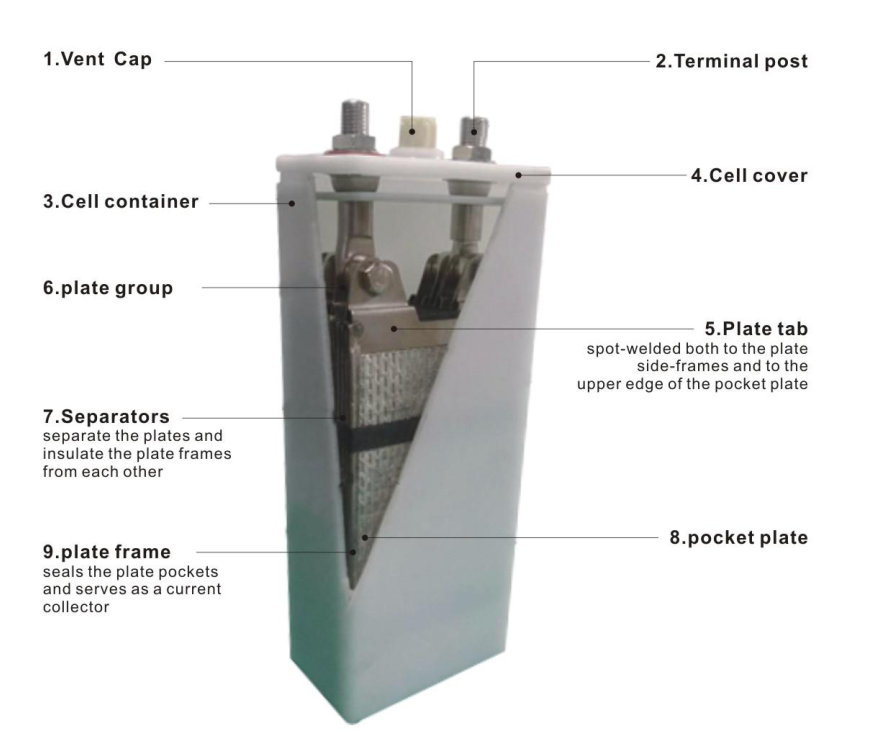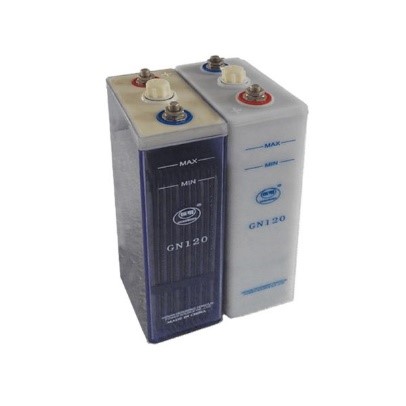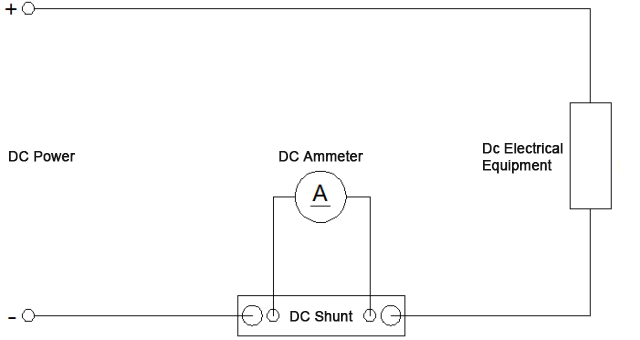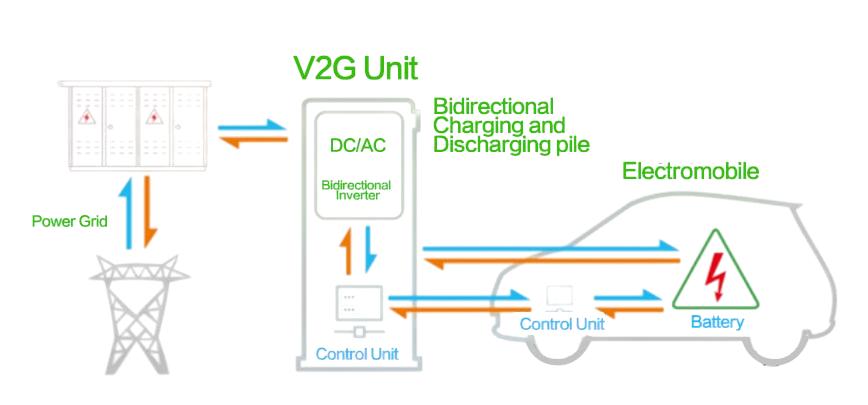Abstract: This article mainly introduces the ni cd battery construction and working to help you get a basic understanding of the industrial Ni-Cd battery.
What is an industrial nickel-cadmium battery?
Industrial nickel-cadmium battery (Ni-Cd battery) is a rechargeable battery that uses nickel hydride and cadmium oxide as positive and negative electrode materials. This type of battery is widely used in industrial applications due to its high cycle life and relatively low cost. However, do you know the ni cd battery construction and working? Just read this article directly.

Construction and working of nickel-cadmium battery
The following part will separately introduce the ni cd battery construction and working in detail.
The following part will separately introduce the ni cd battery construction and working in detail.
What is Ni-Cd battery construction?
The construction of nickel cadmium battery mainly includes positive and negative electrode materials, electrolytes, separators, and casing.
Ni Cd battery construction – Positive and negative electrode materials
Positive electrode (anode): The positive electrode is usually made of nickel oxide (NiO(OH)).
Negative electrode (cathode): The negative electrode uses cadmium hydroxide (Cd(OH)2).
Nickel cadmium battery construction – Electrolytes
The electrolyte of nickel-cadmium battery is usually an alkaline solution, such as sodium hydroxide (NaOH) solution, to promote the movement of positive and negative ions in the battery.
Nickel cadmium battery construction – Diaphragm
The separator prevents direct contact between the positive and negative electrodes but allows the flow of ions. Commonly used materials include microporous polypropylene membranes.
Ni cd battery construction – Shell
The casing is usually made of metal or plastic and is used to enclose the battery and protect its internal components.
Take our KP series nickel cadmium battery as an example. In figure 1, you can see our ni cd battery construction. It consists of vent cap, terminal post, cell container, cell cover, plate group, plate tab, separators, plate frame, and pocket plate.

Nickel cadmium battery working principle
The working principle of nickel cadmium battery involves the charging and discharging process of the battery.

Charging process:
During the charging process, an external power source delivers current to the nickel-cadmium battery, triggering a chemical reaction between the positive and negative electrodes.
Oxidation reaction occurs at the positive electrode: Ni(OH)2 → NiO(OH) + H2O + e-
A reduction reaction occurs at the negative electrode: Cd(OH)2 + 2e- → Cd + 2OH-
During this process, nickel hydride and cadmium oxide are converted between the positive and negative electrodes to store electrical energy in the battery.
Discharge process:
During the discharge process, the nickel-cadmium battery supplies power, and the positive and negative reactions are reversed.
A reduction reaction occurs at the positive electrode: NiO(OH) + H2O + e- → Ni(OH)2 + OH-
An oxidation reaction occurs at the negative electrode: Cd + 2OH- → Cd(OH)2 + 2e-
The nickel-cadmium battery releases stored power to enable external devices to operate.
Industrial nickel-cadmium batteries realize the cycle process of charging and discharging through the redox reaction between the positive and negative electrodes, providing reliable power for many applications. Although the development of other battery technologies has made important progress in recent years, Ni-Cd batteries are still widely used in some specific fields because of their reliability and economy.






